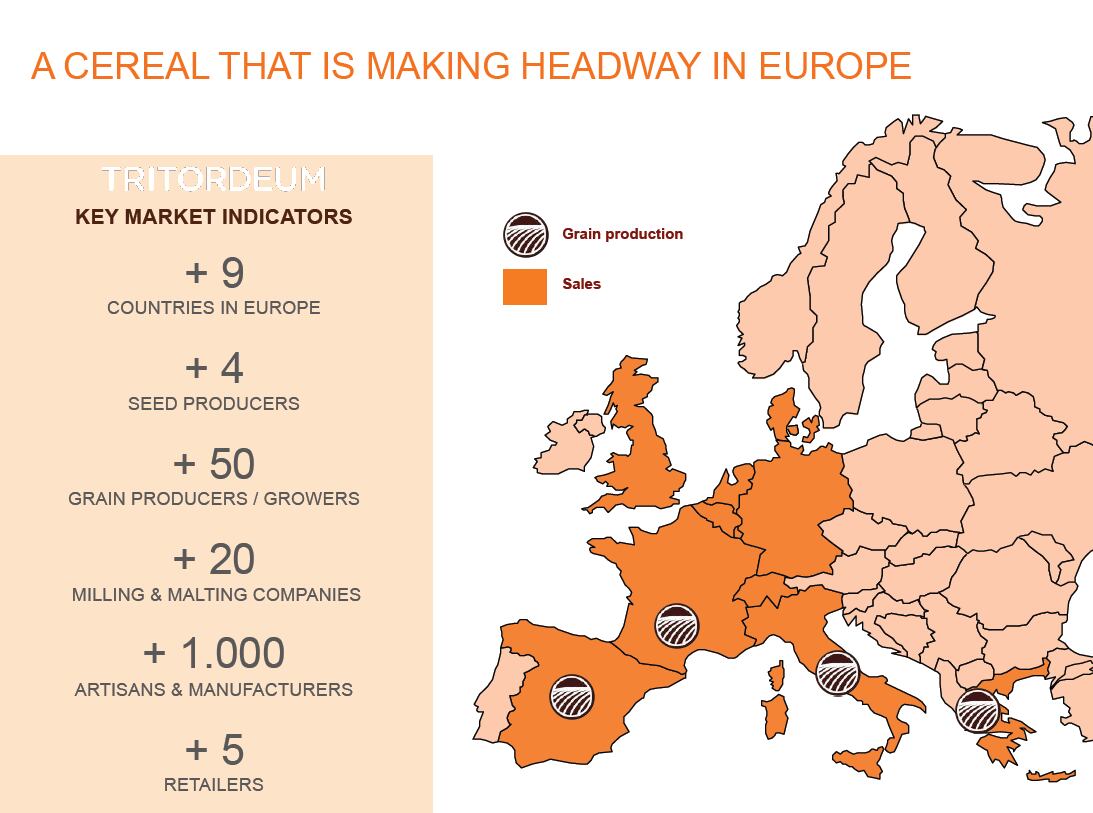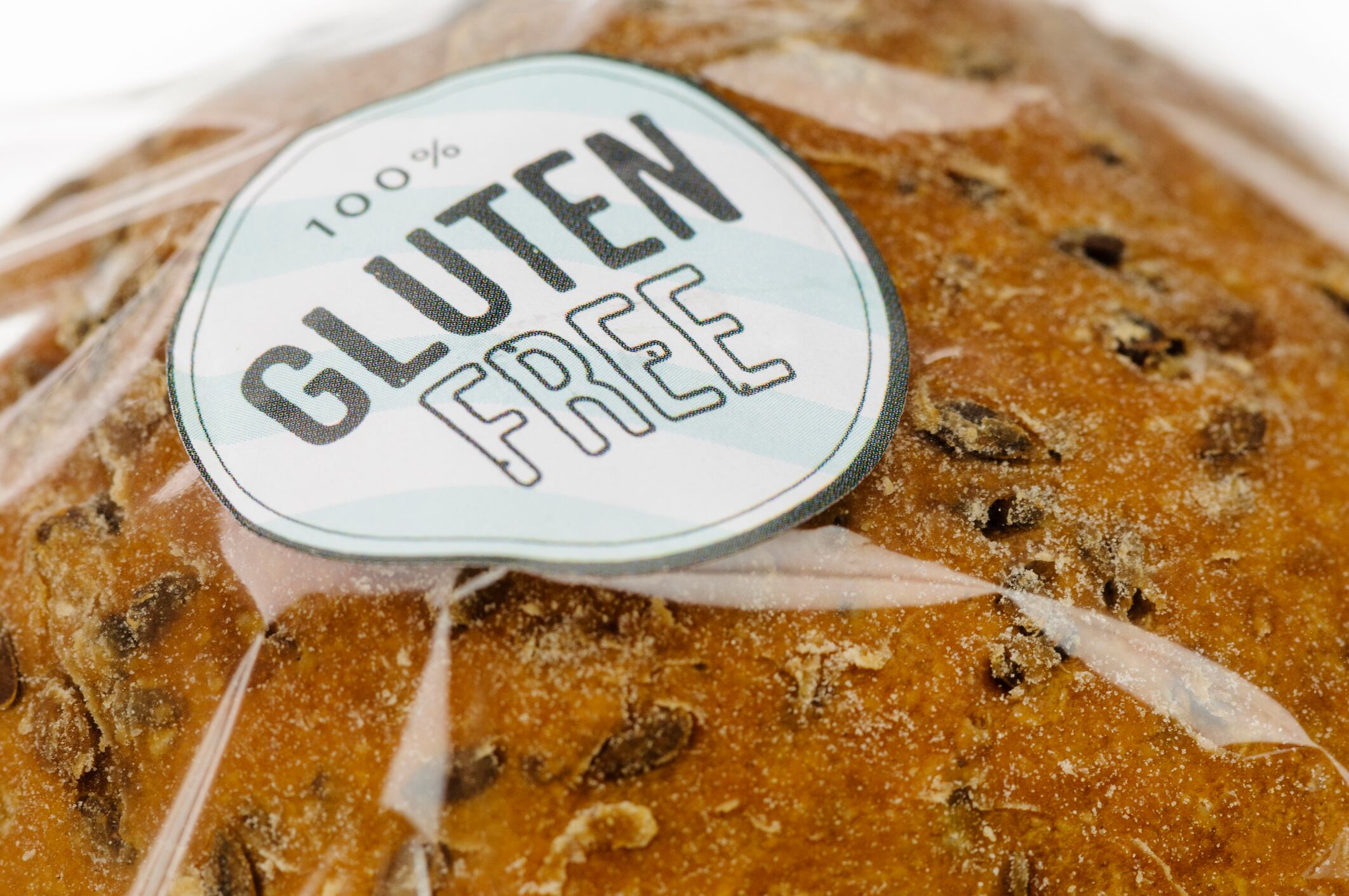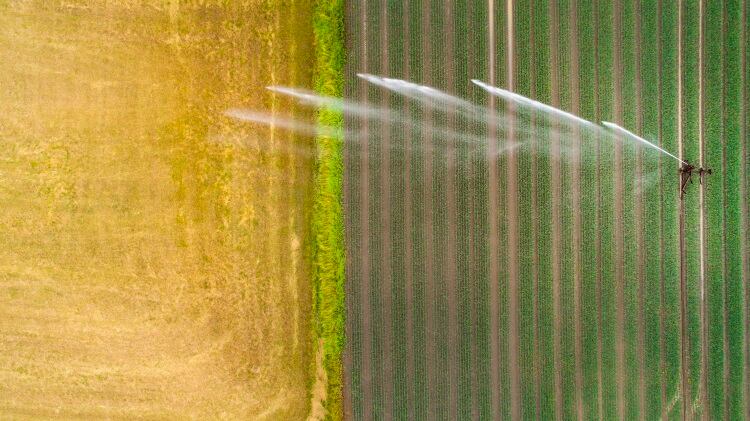Speaking at the 11th European edition of the Sustainable Food Summit in Amsterdam, Dr Pilar Barceló, managing director of Agrasys, a start-up company which is introducing Tritordeum into the market, said the ingredient was an ideal alternative for producers seeking a sustainable wheat alternative.
“Apart from its sustainability advantages, Tritordeum is also winning supporters over Europe because of its nutritional benefits: high levels of fibre, unsaturated fatty acids, antioxidants like lutein and much more digestible gluten,” she said.
Tritordeum, a combination of durum wheat and wild barley, was developed by Spanish researchers looking to create a healthy and digestible cereal like barley, but with the taste and versatility of wheat. Tritordeum is the trademarked commercial brand name of the low gluten wheat.
Increasing consumer awareness about sustainability and health
It is relatively unknown amoung consumers in a cereal market still dominated by wheat. However, Barceló said a greater interest in sustainability amoung consumers would increase its appeal.
“If we don’t make money out of sustainability it will go out of fashion,” she told the audience.
Tritordeum has “real benefits for the environment, the consumer and the farmers,” she said, offering a 25% reduction in nitrogen fertilizer use, reduced fungicide use and good tolerance to heat, drought and flooding. “It is a robust cereal, adapted to the inclemency of climate change. It stands up well to drought, high temperatures and flooding. The fact that Tritordeum makes efficient use of water and has good resistance to diseases, reducing pesticide usage, makes it a more sustainable cereal with reduced environmental impact.”
Tritordeum was awarded best Sustainable Ingredient at last year’s event.
Tritordeum is cultivated in the Mediterranean area - Spain, Italy, Greece and the South of France - under both conventional and organic production. Today, 50% of the production comes from local farmers with the organic certification.

'Respectful and fair value chain'
She added that Tritordeum has a fair and sustainable value chain. Agrasys works with local farmers under repurchase agreements to avoid any price fluctuations. While the cereal is cultivated using both conventional and organic production systems, 50% comes from local farmers with organic certification. Once harvested, the company supervises the transfer of grain form the field to the nearest mill, and then again to become to become flour and end products.
“We must grow our food in a sustainable way and use resources wisely,” said Barceló.
According to the UN’s Food and Agiculture Organisation, more than 80% of our soils are contaminated with fertiliser and pesticides residues and agriculture uses 70% of the world’s water resources. “The current data are devastating. However, new crops, varieties and improved cultivation techniques will allow more efficient, sustainable and profitable production in organic agriculture and it will attract new growers”, she predicted.
Nutritious and easily digestible
Compared to traditional wheat, Tritordeum has high levels of dietary fibre, 10 times more lutein – an antioxidant that protects the retina from UV light and the effects of ageing – and more unsaturated fatty acids like oleic acid, considered a central part of the Mediterranean diet.
“Although it does contain gluten and thus is not suitable for coeliac disease sufferers, it may be an alternative cereal for those who want to reduce their gluten intake or people with non-coeliac gluten sensitivity,” said Barceló.
Thanks to its nutritional and organoleptic properties, she added that Tritordeum is suitable for a wide range of cereal-based products. It is suitable for bakery and pastry products, pasta and pizza, battered and breaded products, extruded products, vegetable drinks and also fermented beverages, such as beer.
A new 'miracle grain’
Tritordeum products are available in at least 10 countries in Europe. Earlier this year the Dutch supermarket giant albert Heijn launched Tritordeum bread in 720 shops. Professional athletes including the cyclists Tom Dumoulin and Steven Kruijswijk are discovering the health benefits of the cereal, added Barceló.
Last year, Dutch newspaper de Volkskrant reported that cyclists were “crazy” about a new “miracle grain” made from Tritordeum, who enjoyed the fact the lower gluten content make the bread easier to digest. “If Tom Dumoulin and Steven Kruijswijk ride up with the best in the Tour de France, then that is of course because they can ride fast. But also because they had a good breakfast,” it wrote.





